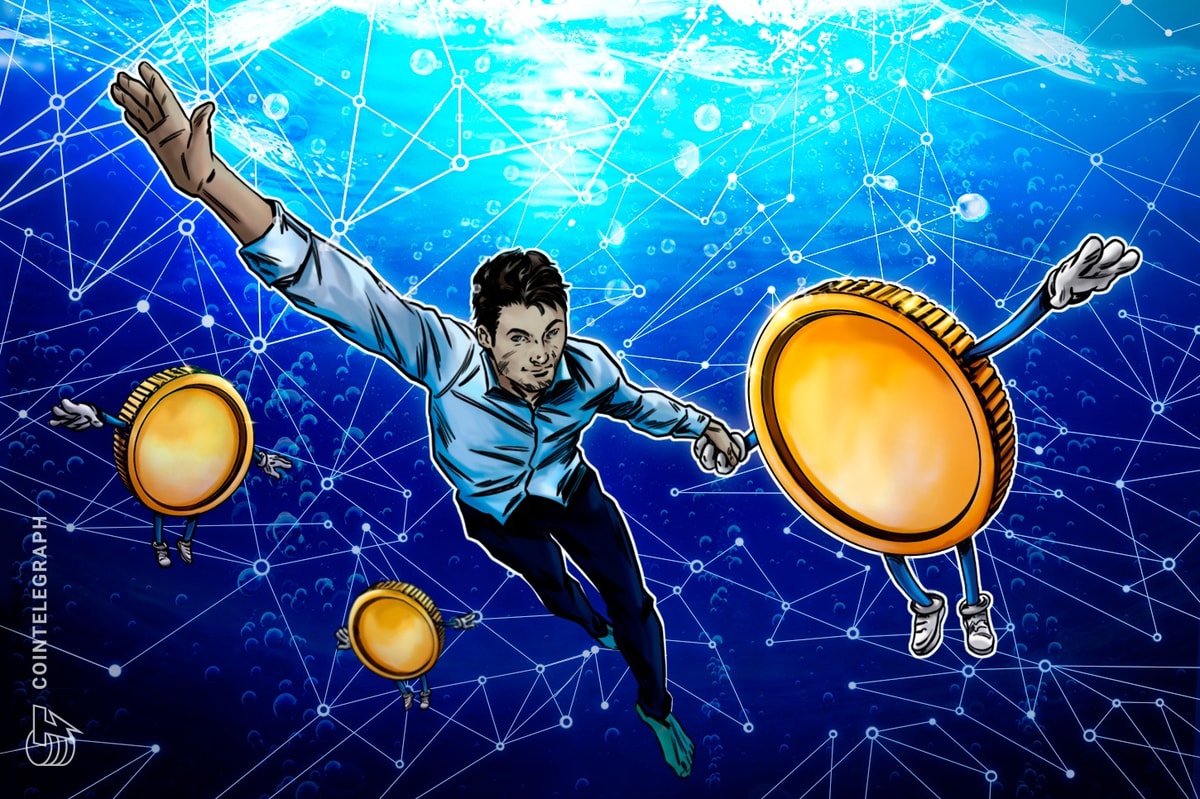Tokenization offers a blueprint for commodity markets, as it solves genuine problems.
Opinion
Opinion by: Arthur Breitman, co-founder of Tezos
In 2019, enthusiasm washed over the financial world under “security token offerings” (STOs). The idea was straightforward enough: representing traditional securities — bonds, equities or even structured products — on a blockchain, potentially lowering issuance costs and expanding reach. The core focus was on the primary market, issuing tokens corresponding to real-world assets. Some issuers saw it as a route to cheaper back-office operations, while others believed tokenization would unlock new investor bases by tapping into some of crypto’s newly minted who might want to diversify.
As the dust settled, however, the results felt underwhelming. While the technology did offer marginal cost savings, most of the tokens didn’t deliver a genuine leap forward. Why? One reason was that the neatly packaged tokenized securities being offered lacked the excitement or unique characteristics sought by the crypto crowd, who were drawn to volatility, cutting-edge technology and alternative assets. The intended “distribution channel” to crypto wealth was an impedance mismatch: the product and audience didn’t align.
Blockchains are more than just digital filing cabinets
The early wave of tokenization also missed an opportunity by focusing on the initial offering rather than the secondary market. After all, blockchains aren’t just digital filing cabinets. Their true advantage shines when facilitating seamless, efficient trading across borders and time zones. Many early initiatives amounted to putting a hash of a cap table onchain, calling it tokenization, and hoping that would generate liquidity. More often than not, it didn’t.
What was supposed to become a new frontier frequently ended up as a checkbox exercise by innovation centers at banks, pushed into the market by enthusiastic sales teams hoping that novelty alone would spur demand. Without actual market friction being addressed, organic interest never materialized.
Recent: AI, tokenization to usher ‘new long-tail capital market’
Fast forward to today, and the narrative is shifting, especially in markets where friction is a genuine structural barrier. Instead of tokenizing assets already widely available (like gold or mainstream equities), attention has turned to commodities and other assets where high barriers to entry and limited price discovery hamper investors and industries. Uranium is a prime example. A linchpin of the nuclear power industry, uranium is gaining importance as global energy grids seek reliable baseload power with low carbon footprints.
The ongoing boom in AI and massive data centers underscores the relevance of stable, clean energy sources. Yet the uranium market has long been opaque and difficult to access. Traders face a thicket of bilateral relationships, limited platforms for spot purchases and poor price discovery, all of which keep participation limited and liquidity shallow.
Putting an end to “pseudo-tokenization”
This is where blockchain-based tokenization can deliver tangible results. By representing physical uranium onchain and embedding it within a regulated, compliant environment, a high-friction market can be turned into something more accessible. Rather than slapping a digital wrapper on a commodity for novelty’s sake, this solves a real problem and enables traders around the globe to access a spot uranium market without hefty barriers for the first time.
Creating a more fluid trading environment encourages broader participation and leads to more accurate price signals. Where old STO schemes tried to attract crypto users to products that bored them, the uranium tokenization approach appeals to participants who genuinely need better access to a commodity market that was previously all but off-limits.
It’s not about pseudo-tokenization, either. Instead, robust smart contracts and compliance layers handle KYC and regulatory requirements, ensuring a marketplace that remains both secure and open, marrying the fluidity of decentralized infrastructure with the safeguards of traditional markets. The result is a system where trades settle faster, custody is more straightforward, and global access is drastically improved. Traders now get what blockchains were initially designed to provide: a friction-reduced marketplace that fosters true liquidity.
A blueprint for tokenization success
The uranium case is a blueprint for other commodities and niche markets where friction is palpable. Consider markets for critical metals that underpin the clean energy transition, such as cobalt, lithium, and rare earths. These materials are vital to modern industries, but their markets can be as challenging and opaque as uranium’s once was. By applying the same logic — focusing on secondary trading, building a global distribution channel that matches the right asset with the right audience, and ensuring regulatory rigor — it becomes possible to create tokenized markets that improve how commodities are sourced, priced and traded.
This approach succeeds where early tokenization efforts fail, by addressing a genuine pain point. Instead of viewing the chain as a mere distribution channel to chase crypto whales, tapping into its real strengths can help to solve market inefficiencies. For uranium, bridging the gap between suppliers, traders and end-users will provide the nuclear energy industry with a more responsive, transparent marketplace.
It can offer similar advantages for other commodities, improving everything from settlement times to the geographical reach of trading and lending more reliable signals to the industries that depend on these materials.
The tokenization era as a hype-driven branding exercise is over. It’s time to focus on where blockchains can genuinely make a difference. Targeting markets like uranium—where friction is real, liquidity is constrained, and access is limited—can deliver on blockchains’ original promise and make markets more efficient, transparent, and aligned with their participants’ needs. It’s a more innovative approach that moves beyond buzzwords and delivers measurable value.
Opinion by: Arthur Breitman, co-founder of Tezos.
This article is for general information purposes and is not intended to be and should not be taken as legal or investment advice. The views, thoughts, and opinions expressed here are the author’s alone and do not necessarily reflect or represent the views and opinions of Cointelegraph.
This article first appeared at Cointelegraph.com News

